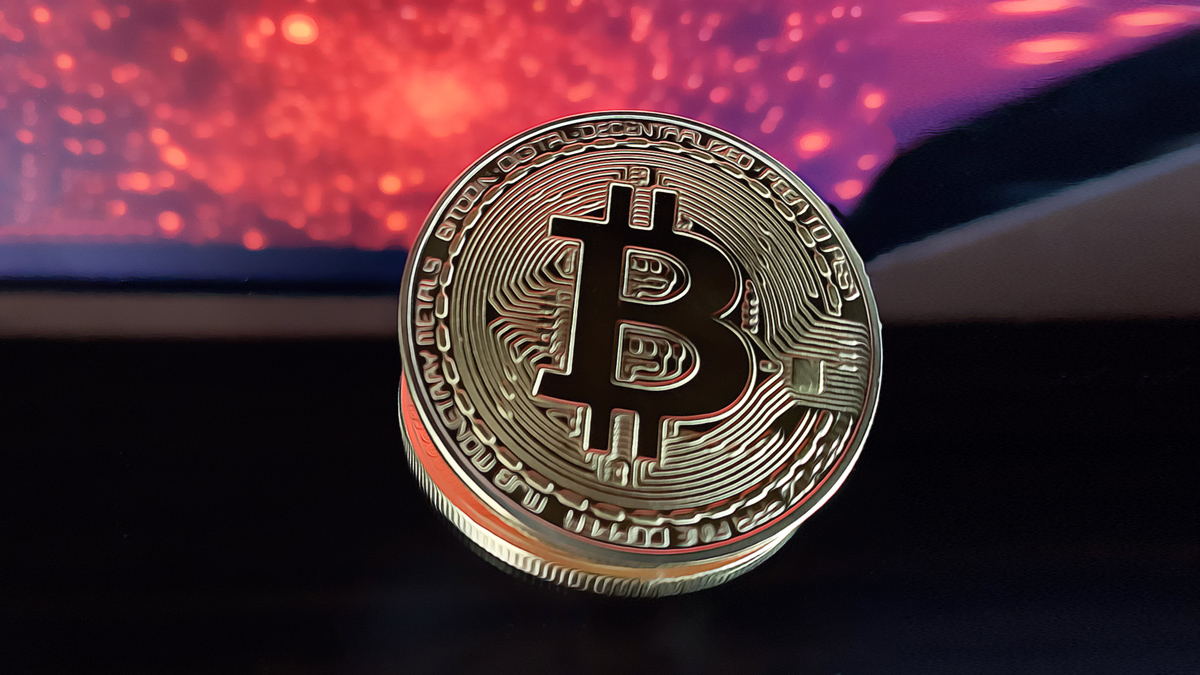Curve Finance changed its fee distribution mechanism by transitioning from its 3cr token to its stablecoin project, crvUSD. This step aims to improve the utility of crvUSD and integrate the stablecoin project into the Curve Finance ecosystem to incentivize users. According to a press release shared by the team, transitioning fee distribution to crvUSD will create an additional supply pool for the stablecoin.
Significant Step by Curve Finance Team
The statement explains that uncollected fees are primarily responsible for the supply pool and potentially increase the total value locked (TVL). Michael Egorov, the founder of Curve Finance, commented on how the transition will affect Curve Finance users:
“The transition to crvUSD means users will now receive fees in a dollar-denominated stablecoin. This change significantly simplifies the process as crvUSD does not need to be converted into something else for use in Curve Finance products.”

According to the press release, distributing fees in crvUSD will encourage the use of the stablecoin and incentivize users to participate more in products and services that use it. Regarding community incentives provided through the transition, Egorov mentioned that Curve users could invest crvUSD back into the ecosystem using the earned fees:
“Although the value of 3crv generally increases, it has a variable conversion rate, currently around 1.03. This variability requires users to take additional steps to convert 3crv into a more stable or useful currency form for other activities.”
Notable Details on the Subject
Curve Finance stated in the press release that it plans to address specific liquidity concerns and risks related to the transition that users may encounter. Speaking about the risks, Egorov mentioned several potential risks that could arise with this transition, including operational risks and the age of assets:
“3crv has been operational for over four years without any issues. CrvUSD is less than a year old and has not yet fully proven its reliability. It has undergone multiple audits and was deemed suitable for distribution but has been less time-tested compared to 3crv.”
Egorov also discussed the operational risks during the preparation phase for the required on-chain votes for the change, but these risks have decreased since all related votes have passed.

 Türkçe
Türkçe Español
Español








